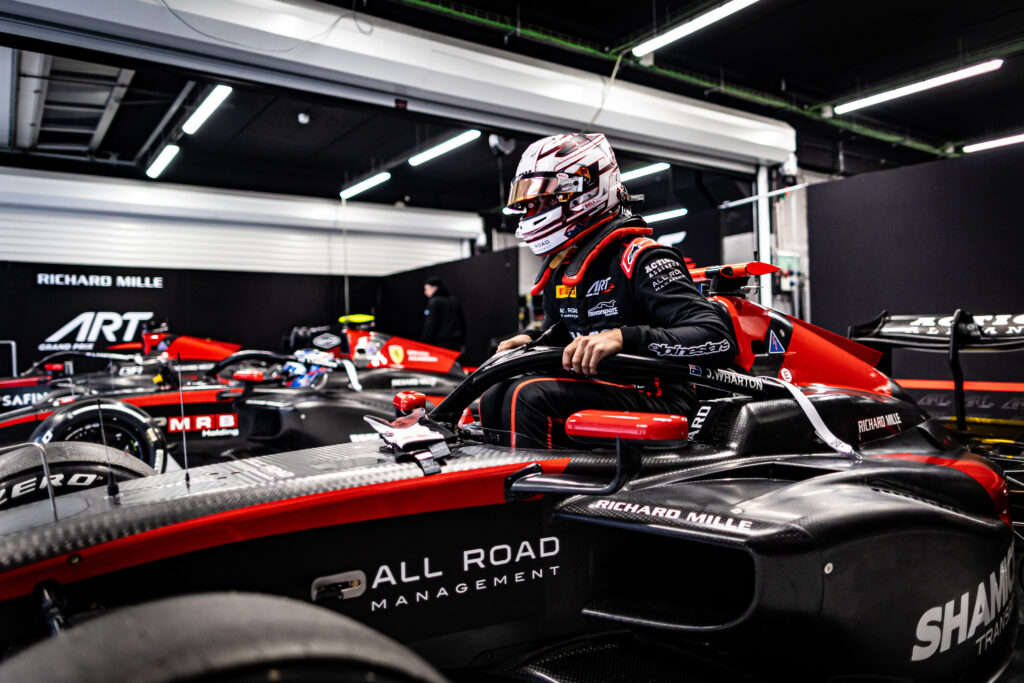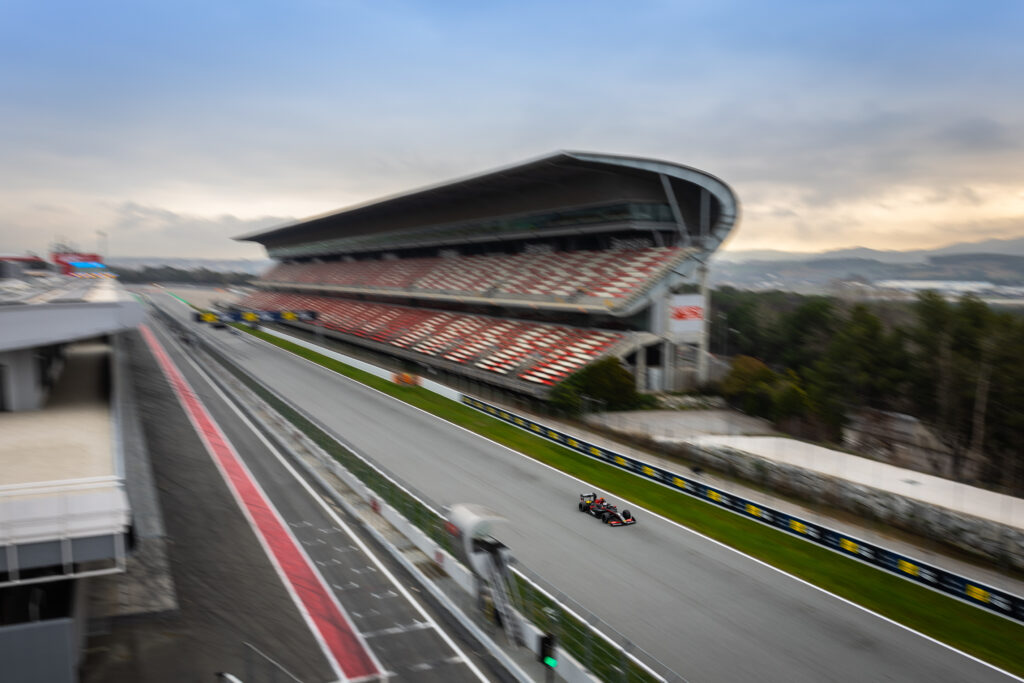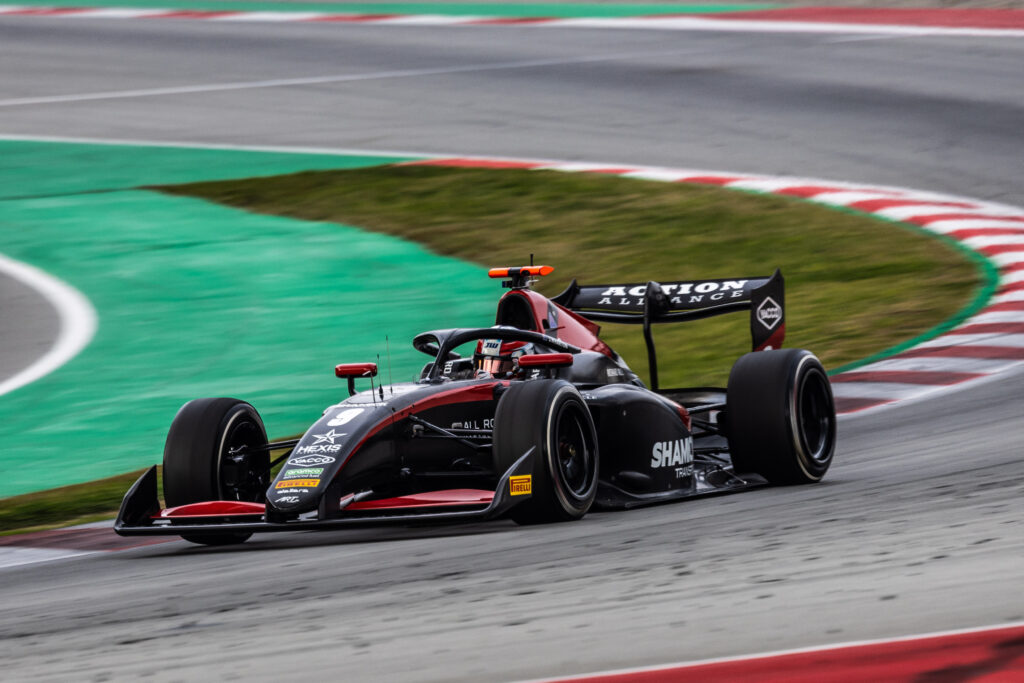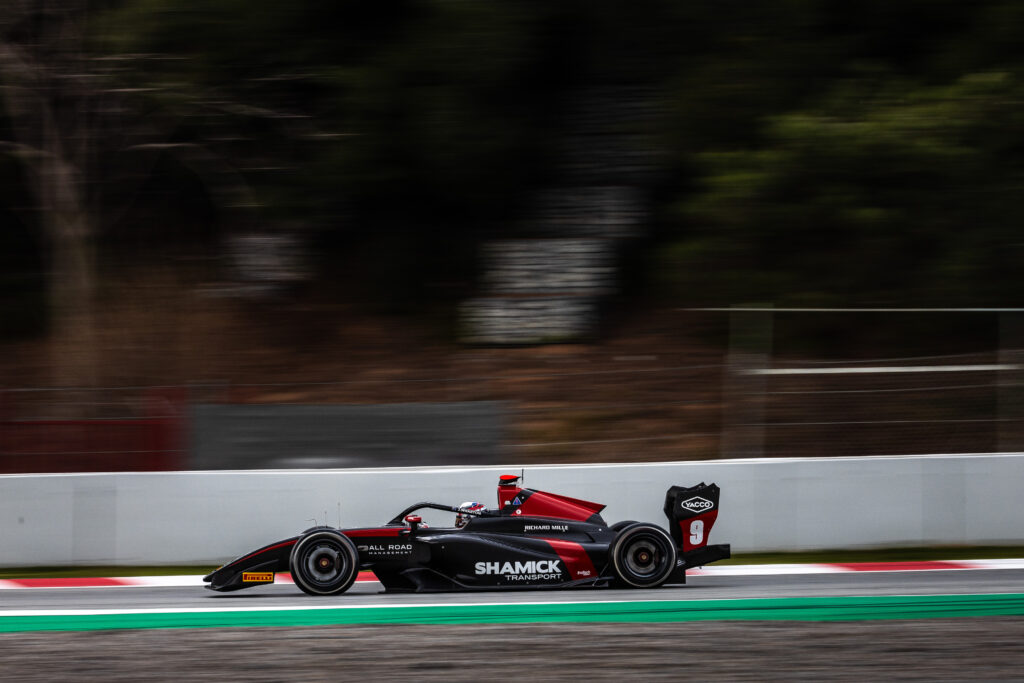The three-day test provided valuable track time, allowing Wharton to settle into the F3 paddock and build confidence with a brand-new single-seater. During the sessions, James worked closely with the team to understand the car's behaviour under various track conditions. The testing program focused on multiple simulations, including long stints to assess tyre degradation and qualifying runs to optimize single-lap performance. Additionally, he experimented with different aerodynamic and setup configurations, to refine his driving and maximize performance.

© Dutch Photo Agency
"It's been a good three days just doing a lot of testing with the car, with the team, as well as getting used to the new car for the drivers. I’ve been quite positive in the first couple of days. The third day of the test was wet for the whole day, except for the last run where it dried out. Overall, I'm quite confident going to Melbourne that we have a good car underneath and hopefully we can go and make it a little step from now to then. Can't thank the team enough for putting such a good car straight away on day one and now we focus on Melbourne and see what we can do at my home Grand Prix", said Wharton at the end of the three-day program.
Wharton will hit the track again for the start of the FIA Formula 3 Championship, which kicks off at his home race, the Australian Grand Prix, from March 14th to 16th.

© Dutch Photo Agency
A new era: introducing the brand new Formula 3 car
The 2025 season marks the introduction of a new Formula 3 car, designed to enhance safety, sustainability, and performance.
The engine remains a naturally aspirated 3.4-litre, six-cylinder Mecachrome, delivering 380 horsepower at 8,000 rpm, maintaining continuity with previous generations. This follows the same philosophy as Formula 2, which in 2024 adapted its power unit to run on sustainable fuels, supported by Aramco. The goal is to achieve a 100% sustainable formula by 2025, parallel with Formula 2.

© Dutch Photo Agency
Key updates include the introduction of 16-inch Pirelli tyres, incorporating a natural rubber component certified by the Forest Stewardship Council (FSC), aligning with Formula 1's sustainability strategy.
The new car’s aerodynamics have been refined, with a streamlined front wing featuring just two elements and a nose that draws inspiration from Formula 2. The sidepods resemble those of the higher category, while the rear wing maintains a distinct design, optimised for efficiency without drastically altering the car's handling.

© Dutch Photo Agency
Talking about safety and technology, the FIA has worked to improve cockpit ergonomics, making it more accessible to drivers of different builds. Additionally, a new Marelli Vehicle Control Unit (VCU), identical to the one used in Formula 2, has been introduced.
With this new car, Formula 3 is preparing for an increasingly sustainable and safe future. It provides young talents with a competitive environment to prove themselves and progress toward higher categories.